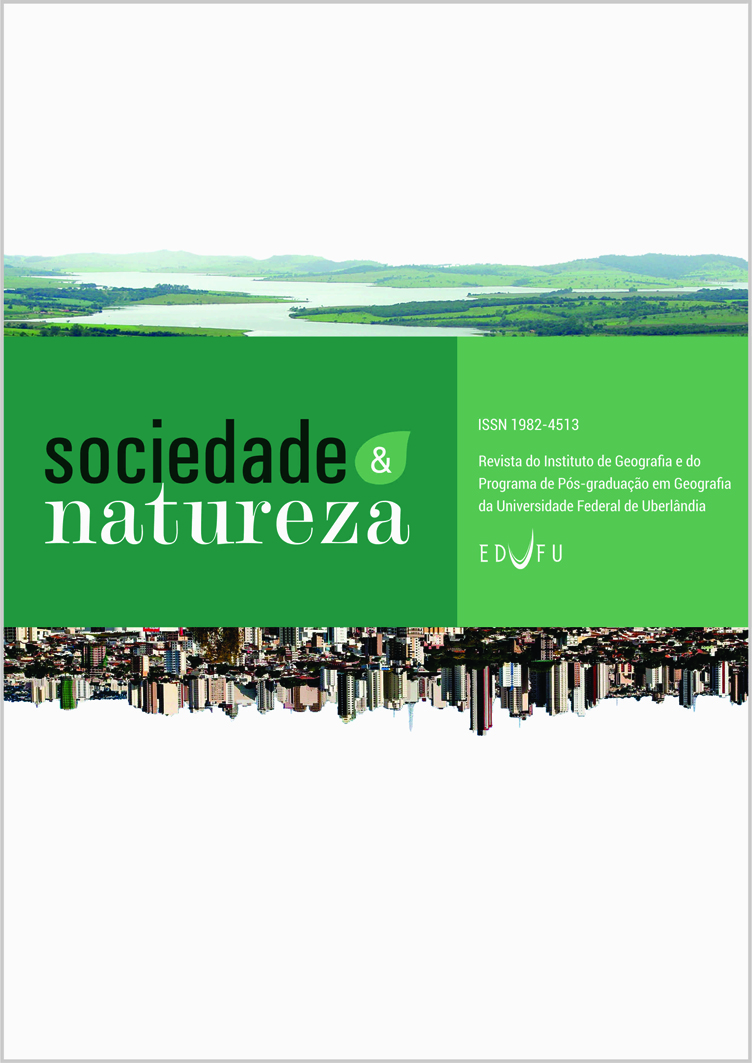Abstract
The urbanization and the transformations of the natural landscape cause differences between the temperature of cities and their natural surroundings. Urban heat island is a probable consequence of this cultural action. Studies have verified the relation between building density, ground cover, vegetation and urban microclimate. The study presents findings related the analysis of the influence of the built environment and the vegetation on urban microclimate in four residential areas in Santa Maria (RS). The samples are mainly formed by single-family housing with one or two-floors, with similar urban building density, but different vegetation rates. The method was developed from the interpretation of aerial photos, field work observation and in situair temperature measurements, with analysis based on nighttime data. In general, the results have showed that in all four areas of residential occupation the temperatures were recorded larger than the reference point, the local area with 70% plant cover, demonstrating the effect of urbanization on the temperature. And the higher the rate of vegetation, even for similar building densities, the lower the temperature. The results indicate areas with similar built density may have different thermal conditions according to the spatial arrangement and the elements that make up each fraction of urban, including vegetation.
Authors hold the Copyright for articles published in this journal, and the journal holds the right for first publication. Because they appear in a public access journal, articles are licensed under Creative Commons Attribution (BY), which permits unrestricted use, distribution, and reproduction in any medium, provided the original work is properly cited.

